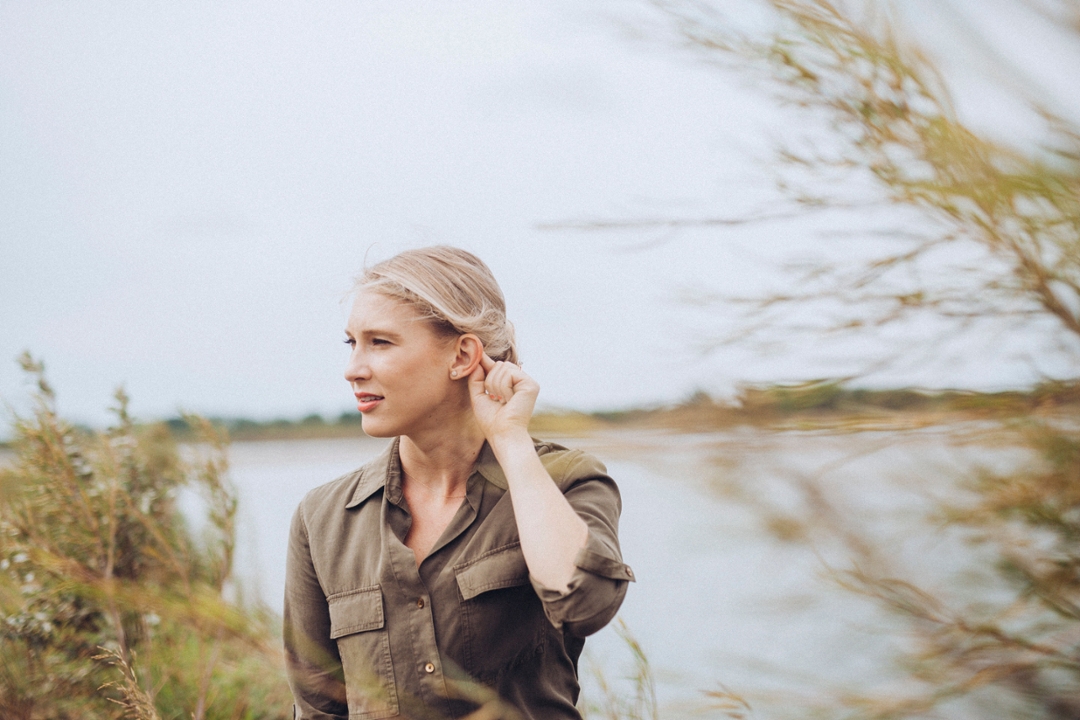
Huge feral hogs invading Canada, building ‘pigloos’ as they go
Feral swine, the offspring of wild boars and domestic pigs, are spreading through Canada into areas where many didn’t think they could survive.
By Andrea AndersonIN THE LATE 1980s and early 1990s, some Canadian farmers imported wild boars from Europe to raise for meat, as published in the National Geographic. But as wild boars are wont to do, some of them escaped, either digging under fences or barreling through them. Others were set free once the boar meat market cooled.
At first, it didn’t seem like a big problem; many thought they couldn’t survive Canada’s long winters. But the boars proved hardier than some researchers expected, and now they’re causing havoc across wide swaths of Canada.
The descendants of these wild boars have interbred with domestic pigs to varying degrees, and are now found throughout western and central Canada, from British Columbia to Manitoba and beyond. As they spread, they sow environmental destruction, plowing through crops and grasslands, causing erosion, displacing wildlife, harassing livestock, and eating just about anything.
These feral fugitives can weigh up to 600 pounds or more, and sport sharp tusks and bristly coats over thick, warm fur. They are reproducing rapidly and their range is expanding. Their combination of wild traits and domestic ones—including their high tolerance for cold and ability to birth large litters—may have led to “super pigs,” says Ryan Brook, a wildlife researcher with the University of Saskatchewan. The creatures even have been known to build above-ground shelters that researchers have dubbed “pigloos.”
“We should be worried, because we know the biology,” Brook says. “They're called an ecological train wreck for a reason.”
Got pigs?
The hog explosion is a new problem, and until recently, “no one even knew where they were,” says Ruth Aschim, a doctoral candidate at the University of Saskatchewan. She and her advisor Brook spent three years mapping their distribution using trail camera images, GPS collar data, and interviews with local landowners, farmers, and hunters.
For three months of the project, Aschim lived out of her tent and her car, meeting with local biologists and conservation officers across western Canada.
The results, published in a paper in Scientific Reports in May 2019, reveal wild pigs have spread extensively over the past three decades, with sightings emanating outward from former boar farms. They’re continuing to move into new territory, far beyond where they were once raised.
Read full article at https://www.nationalgeographic.com.

